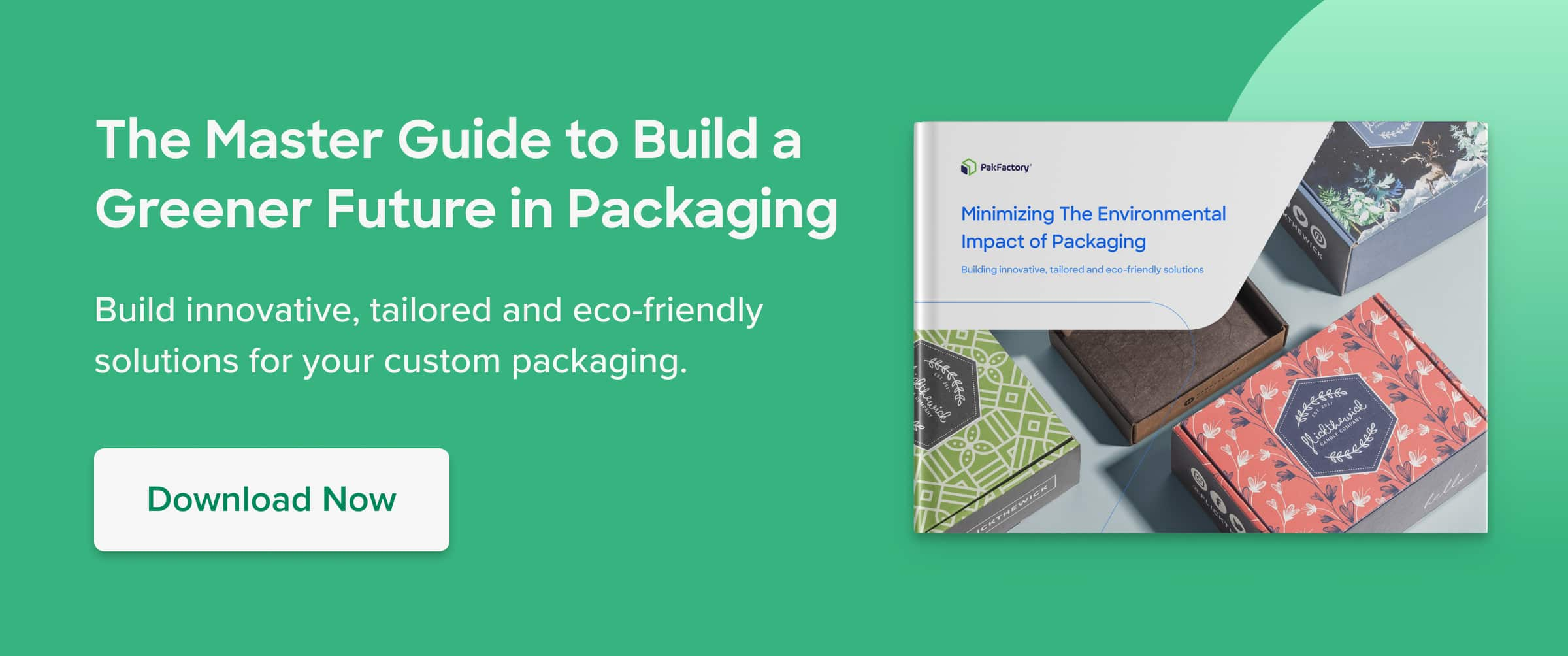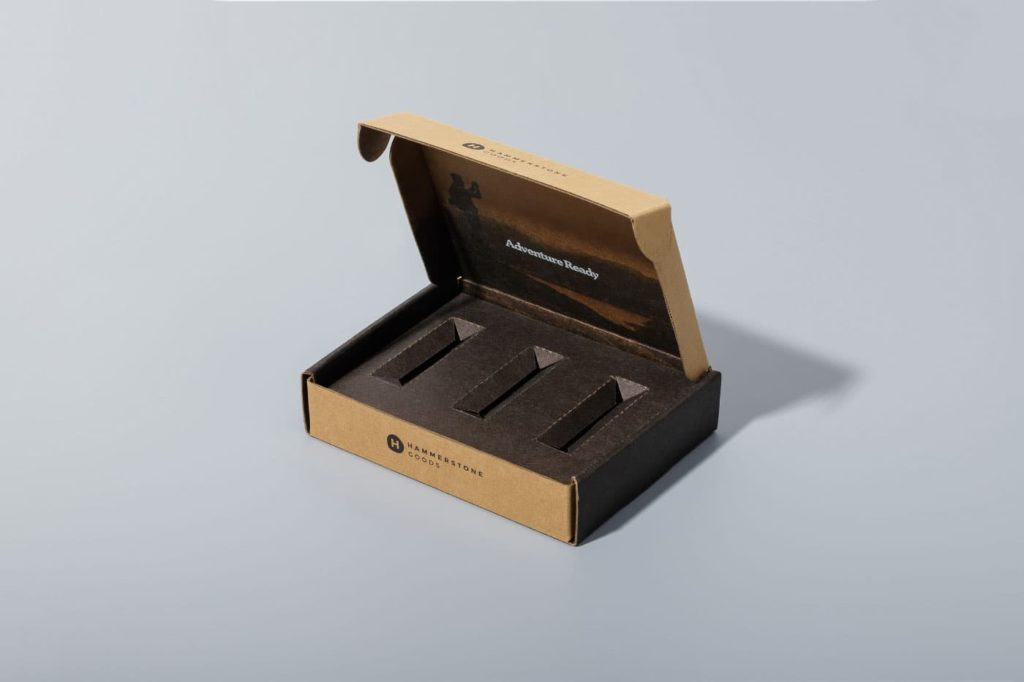Table of Contents

The purchasing decisions of consumers are becoming more routed in sustainable initiatives pushing businesses to take corporate responsibility and make the switch to eco-friendly packaging alternatives.
With more corporate responsibility comes a deeper understanding of eco-friendly packaging materials and their properties.
Consumers are becoming more knowledgeable on sustainable practices and materials and are actively seeking brands that concisely lay out the eco properties of the materials they package their products in.
Here we lay out all eco-properties that lay the foundations for sustainable packaging currently available.
Recycled
Recycled packaging is made from paper or plastic packaging waste that has been processed to create a ‘new’ material.
Made from at least 60% recycled material, recycled paper and cardboard are broken down into small pieces to create pulp.
Every time paper is recycled, it loses some durability, which is why the recycled pulp is mixed with virgin pulp to ensure structural integrity.
Once both recycled pulp and virgin pulp is mixed together, it is pressed and dried to create recycled paper and cardboard.
Recycled plastic is made in a similar way, where both recycled and virgin plastics are mixed together to ensure structural durability for the ‘new’ recycled plastic material.
Recyclable
Recyclable packaging materials are intended to be disposed of with the intent to be broken down and reused in order to create recycled materials.
Recyclable materials include:
- Kraft paper
- Corrugated fiberboard
- Glass
- Metal
- Certain types of plastic
While paper, glass, metal, and some plastics are recyclable, some packaging inks and coatings can alter the recyclability of certain packaging materials, making it important for businesses to understand the ins and outs of the recycling process for their products. \
It’s also important to note that infrastructure for recycling is required to ensure packaging waste can be correctly disposed of.
Reusable
Reusable packaging is engineered to be durable and used multiple times.
Popular reusable packaging includes:
These packaging types are engineered to be durable enough so that consumers can easily package and return products or reuse the packaging as decoration or home storage.
Ultimately, reusable packaging could be any packaging type that has been designed to be easily resealable or durable enough for reuse.
Compostable
Compostable packaging indicates that a material is able to naturally decompose and be recycled back into the environment with the purpose of enriching soil.
Usually made from plant-based material like cornstarch, compostable packaging can be deemed home compostable or commercially compostable.
Home compostable materials should be able to break down in home compost within 180 days without adding any additional warmth, meaning it does not require infrastructure or facilities to ensure the material has successfully decomposed.
Commercially compostable packaging materials should be able to break down within 90 days using facilities that break down the material in temperatures above 55C.
Plastic-free
The most common plastics are made from polymerized crude oil, a finite resource that has been in high demand for quite some time now.
Plastics take thousands of years to break down into the earths soil and most single use plastics end up in landfills contributing to waste and pollution.
Plastic-free packaging is exactly as it sounds, all components of the packaging from the box to the box inserts and any stickers and labels do not contain any form of plastics that are made from polymerized crude oil.

Many nations around the world have pledged to reduce plastic waste by 2030, making plastic-free products like paper-based packaging a key component to reducing waste and pollution.
Biodegradable
Biodegradable materials break down into natural components of the environment when exposed to the elements.
While most products will break down over time, many plastics will only decompose over a time frame of thousands and thousands of years.
Biodegradable products must break down within the lifetime of a single generation and the final product should be water, CO2, minerals, or biomass.
It is never a question of “how biodegradable” a product is. It is either biodegradable or not.
While compostable and biodegradable may seem like very similar packaging properties, they hold different purposes.
Biodegradable products do not have an impact or add any nutrients to the surrounding environment, whereas compostable products aim to enrich soil and promote more natural growth.
In Summary:
Recycled: Made from recycled material
Recyclable: Designed to be successfully recycled
Reusable: Made from durable material to promote reuse
Plastic-Free: Contains 0% of plastic components
Compostable: Designed to biodegrade and add nutrients to the environment.
Biodegradable: Breaks down into natural elements making no impact on the environment.
Overall, there are many eco-properties to consider, especially when it comes to packaging.
Depending on the industry, some eco-packaging types may be better suited for products than others.
Consult a packaging specialist to find the best-suited eco-packaging for your product and brand!






